We hear a lot of talk about change and transformation in the way healthcare is delivered, both here and in the UK, and mostly we take it with a pinch of salt.
But when a London Air Ambulance veteran of 30 years like consultant Gareth Davies returns to his birthplace with the stated aim of making a difference, you tend to sit up and listen.
’I came here with the idea of making the island’s emergency health care globally excellent because I was fortunate enough to work in London where we did something that was globally excellent. I didn’t come over here just to wind down and retire,’ he says.
His role, though, has changed significantly. He says: ’I spent 30 years [in London] where half my job was working in the helicopter and response cars and half of it was in the emergency department. Then more latterly it changed when I moved to the island part time: I was working just on the helicopter in London and spending time in the emergency department here and that has changed once again so I’m pretty much full time on the island now.
’It is nice to get out and treat patients but I think I can affect more people by organising things and training people.’
Gareth’s official title is clinical director for urgent and emergency care. This gives him responsibility for the A&E department, the minor injuries and illness unit in Ramsey, the ambulance service and the MEDS out-of-hours GP service. He is also working on a project which is very close to his heart: the new air ambulance service for the island. The Air Bridge, as it is called, is expected to start its trials later this month.
Gareth explains: ’The trial will look at how we can provide advanced care at the scene of accidents, like we do in London, then take patients directly to the right hospital. It’s a big shift for the island but, actually, for the first time the populace will be offered the same care that you would expect anywhere in the UK.’
The trial is being run using the Great North Air Ambulance. Because it is based in Cumbria, the 20 or 30 minutes it takes for them to get to the island is the same as a normal flight time to a patient in their own area. The onward flight to a major centre such as Aintree is also a relatively short one.
There will still of course be a land ambulance also racing to the scene: ’It’s vital that the land-based services get there first and as quickly as possible,’ says Gareth.
His next words sum up just how vital a fast response is: ’Almost by definition all the patients the air ambulance community tend to are in the dying process, some of them very quickly, so they are a complex group of patients. The speciality in which we operate is unique in the sense that not only are the problems often complex but patients are literally deteriorating over seconds and minutes.’
As medical director of the London Air Ambulance, Gareth and his team pioneered roadside surgery for victims of chest stabbings. He says: ’[This is] having to open people’s chests and stitch their hearts, operating on them at the scene.
’Sadly this has become a weekly occurrence through knife crime.’
In June 2014 the team announced that they had performed another ground-breaking procedure, the world’s first roadside balloon surgery to control internal bleeding. Known as Resuscitative Endovascular Balloon Occlusion of the Aorta (REBOA) this technique is also now used around the world.
Gareth explains: ’If someone’s bleeding to death, you enter a vessel at the top of the leg and float a balloon up towards the heart to stop the blood loss. [With no screen to show where it’s going] we had to develop other ways of landing the balloon in the right place.’
It was growing up on the island watching the TT and seeing how quickly the riders could be treated at the scene when they had an accident which first inspired Gareth to go into emergency medicine. At the time the helicopter with a doctor on board, on call for the TT and Manx Grand Prix, was arguably the world’s first ever helicopter air ambulance carrying a doctor. It was a model Gareth would later go on to pioneer, and which won him the Association of Air Ambulances Lifetime Achievement Award.
He also attended many of the major incidents in the capital, including the Paddington train crash and the 7/7 bombings, where he and his team were deployed at Aldgate, where he was the medical incident officer, and Kings Cross.
In all, the London Air Ambulance has treated around 45,000 multiply injured patients. Gareth says he has no idea how many of these he attended personally and that he must look it up sometime.
Whenever he flies in over London, he adds: ’having previously spent every working day at 1,500 feet, it’s quite emotional because I can always see somewhere [below] where I’ve treated a patient.’
Pre-hospital care has its own particular challenges: ’You would find yourself literally every day, and every week, at something that you’d never seen before, whether that was someone trapped in a particular way, or a pattern of injuries that required treatment that was mutually exclusive: where treating one thing might harm the other, and that’s where there’s a real test of your clinical acumen.
’All the jobs are clinically complex and time pressured. A lot of my work was focussed round major incidents over the years and they had complexities to them that you don’t normally have to deal with, so in many ways those are the most emotional and complex jobs.
’It is quite hard to take yourself away [from the job] - every event you go to on the helicopter is hugely impactful on the patients. There’s no point in employing people who don’t care, and part and parcel of caring is that it sticks with you - you can’t have it both ways.
’I’m lucky. I’ve got a wonderful family around me. Sian, my other half, is a nurse. She understands a lot of it, and we have four boys who need looking after and bringing up.’
Interestingly, what many people probably don’t know is that the 21 air ambulance services around the UK are charities.
Gareth says: ’I think it’s become such an established part of the fabric of healthcare over the last 20 or 30 years that people naturally presume it is part of the NHS.
’The funding models throughout the UK actually vary quite considerably so, for example, those in London, and many others, are hybrid funding models where there’s often a charitable element, with fundraisers for the helicopter, the pilot and the fuel, with the NHS contributing the doctors and the paramedics. However there are also charities that fundraise for everything and pay for the pilots, the helicopter, the doctors and the paramedics.’
Gareth’s long experience working in the NHS means that he has seen his fair share of new regimes but he describes the transformation in our healthcare being undertaken by Manx Care as ’passionate and authentic’.
He says: ’The transition to Manx Care has been absolutely fantastic without a shadow of a doubt. The opportunity to reshape and redefine what health care should look like is such a wonderful opportunity for the Manx people.
’It will be a slow path and people just need to give it a chance.
’It will be a three- to five-year journey to something which is excellent.’
As he points out, global excellence for a small island community is going to look very different to the provision in a big city: ’We’re not going to have brain surgery we’re not going to have heart surgery, because we don’t have the population to support it, but what we can be is very good at what we’re supposed to do and I think that is without doubt possible now with Manx Care.
’People should be reassured that there are some truly amazing staff here. They’re as good as any I’ve worked with in big centres like Barts, who are global leaders in healthcare, and I feel really proud to be working amongst these people.
’We also have an amazing ambulance service here that has kept the island safe for so many years. That’s why we’re trying to make sure that every bit of experience that I’ve learned in London is shared with the teams here.
’There’s a lot of good things to say. And I’ve got a vested interest in it - this is my local now.’
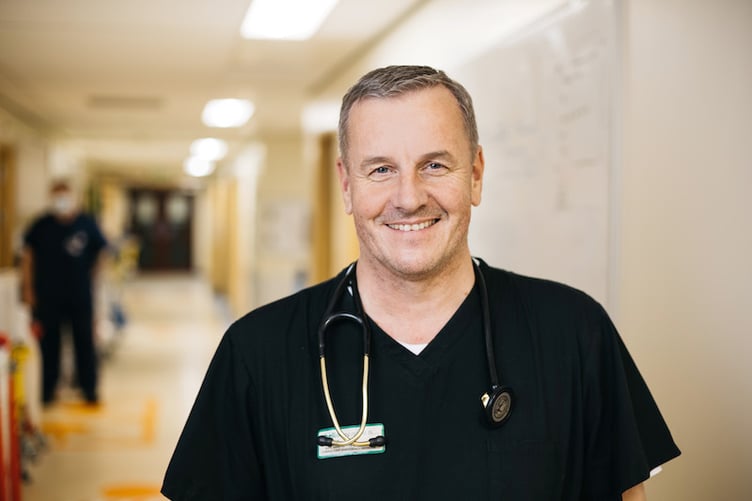
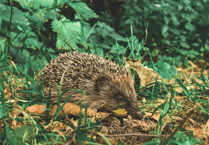
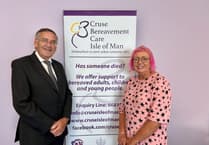
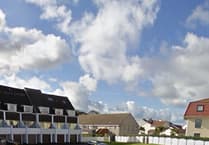
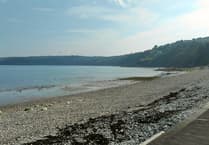
Comments
This article has no comments yet. Be the first to leave a comment.